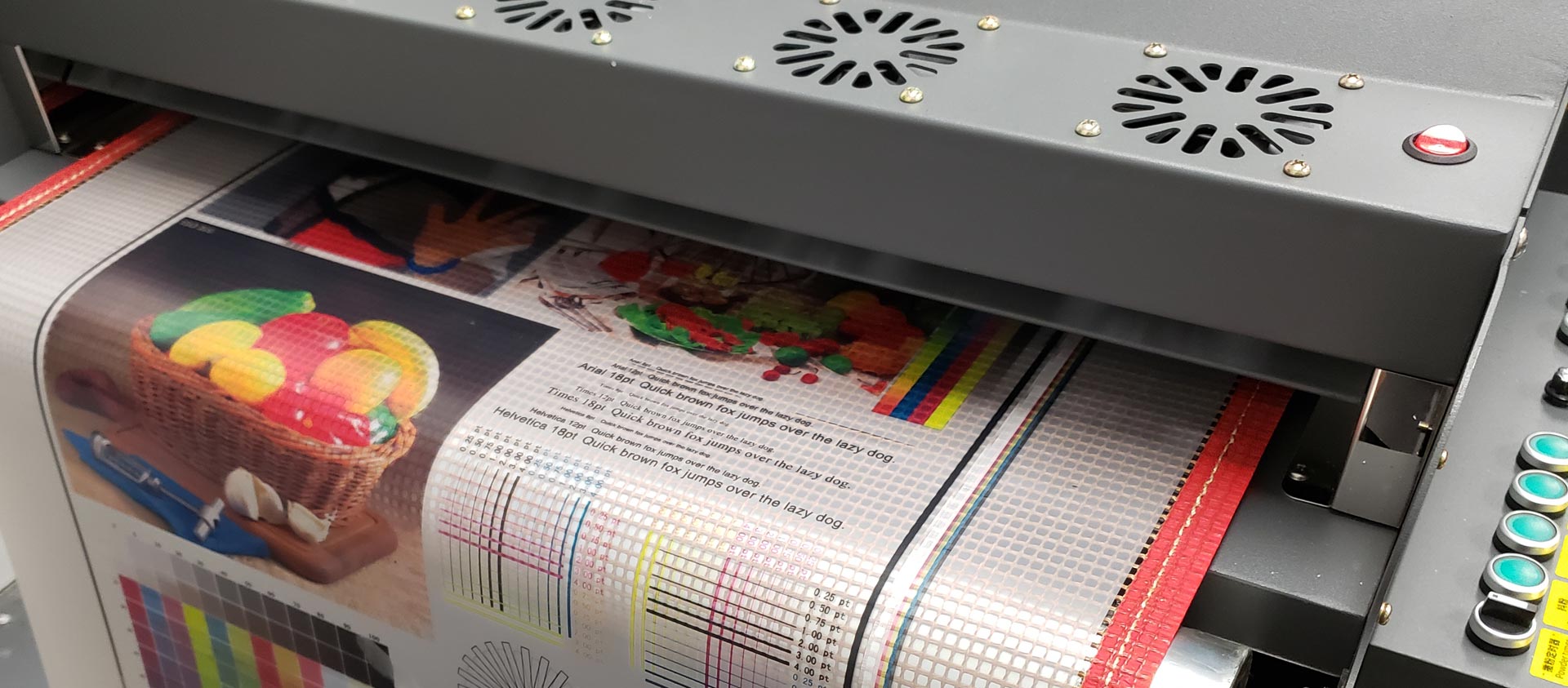DTF Printing Demystified: Everything You Required to Understand About Direct-to-Film
DTF Printing Demystified: Everything You Required to Understand About Direct-to-Film
Blog Article
Ultimate Overview to DTF Printing Methods for Spectacular Fabric Styles
Starting the trip of understanding DTF printing techniques can open up a world of opportunities for developing visually fascinating textile designs. As the textile sector proceeds to progress, remaining in advance of the contour with ingenious printing techniques is vital. In this guide, we will check out the intricate information of DTF printing, from realizing the fundamental fundamentals to unraveling advanced color strategies that can raise your designs to brand-new heights. Stay tuned as we dig into the nuances of picking the ideal materials, improving the printing procedure, and getting rid of usual obstacles to achieve spectacular outcomes.
Understanding DTF Printing Basics
DTF printing, a procedure that involves transferring styles from an unique movie to textiles making use of warmth and pressure, forms the foundation of textile printing strategies. This innovative technique permits premium, lively layouts to be seamlessly transferred onto numerous materials with accuracy and information. The very first step in DTF printing involves producing or selecting a style that will certainly be printed onto the textile. This design is then published onto a special movie making use of a DTF printer, which makes use of particular dyes or pigments to ensure shade precision and sturdiness.
The final result is a magnificent, long-lasting fabric design that is cleanable, flexible, and immune to fading. Generally, comprehending the essentials of DTF printing is crucial for grasping this modern textile printing technique.
Selecting the Right Textile Materials
Having established the fundamental principles of DTF printing strategies for fabric styles, the following critical factor to consider depends on selecting the appropriate fabric materials to match this ingenious process effectively. The success of a DTF print greatly depends upon the compatibility between the selected material and the printing method. When choosing textile products for DTF printing, it is necessary to consider the material's make-up, weave, and texture. Fabrics that work well with DTF printing include polyester blends, spandex, nylon, and various other synthetic materials. These materials usually have a smooth surface area that permits thorough and lively prints. In addition, the stretchability of these materials can accommodate the heat transfer process included in DTF printing without distorting the design. It is a good idea to avoid all-natural fibers such as cotton or silk, as they may not yield the exact same level of print quality and longevity. By selecting the appropriate fabric materials, designers can take full advantage of the capacity of DTF printing to produce durable and stunning textile designs.

Grasping the Printing Process
To stand out in DTF printing strategies for textile styles, understanding the printing process is vital for accomplishing regular and high-quality results. The temperature level, pressure, and duration of warmth application should be meticulously regulated to guarantee proper attachment of the style to the fabric. By developing each of these steps in the printing procedure, designers can continually produce magnificent and long lasting textile styles with DTF printing methods.
Enhancing Designs With Shade Methods

Furthermore, trying out shade gradients can bring a feeling of activity and fluidity to the design. By click for info mixing shades perfectly, a gradient effect can be achieved, including a contemporary and vibrant touch to the fabric style. In addition, using color obstructing methods can create strong and striking visuals by comparing different strong shades in unique areas of the style.
Furthermore, integrating metal or neon colors can offer a distinct and eye-catching aspect to the fabric style, making it stand apart and exhibit a feeling of check here vibrancy. When tactically applied, these color methods can boost the general aesthetic appeal of fabric designs, making them a lot more remarkable and fascinating.
Troubleshooting Common DTF Printing Issues
After checking out various color methods to boost fabric styles, it is necessary to deal with typical DTF printing concerns that might emerge during the production process. Additionally, concerns with picture quality and intensity can occur due to low-resolution images or inappropriate printing methods. By being aware of these common troubles and executing the essential troubleshooting actions, you can improve the overall high quality of your DTF published textile designs.
Conclusion
In verdict, understanding DTF printing strategies is necessary for producing magnificent fabric styles. With method and focus to detail, one can create gorgeous and distinct fabric layouts using DTF printing methods.
Layouts))))
DTF printing, a procedure that involves moving layouts from an unique movie to fabrics utilizing warmth and stress, develops the foundation of fabric printing strategies.Having actually established the fundamental principles of DTF printing methods for textile layouts, the next vital consideration exists in picking the ideal textile products to enhance this innovative procedure successfully. By selecting the ideal fabric materials, developers can make best use of the capacity of DTF printing to create click this link long-lasting and spectacular textile layouts.
To succeed in DTF printing methods for textile layouts, grasping the printing process is essential for achieving consistent and top quality outcomes. DTF Printing. By refining each of these steps in the printing procedure, developers can regularly produce spectacular and resilient fabric styles with DTF printing strategies
Report this page